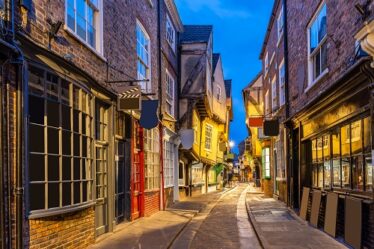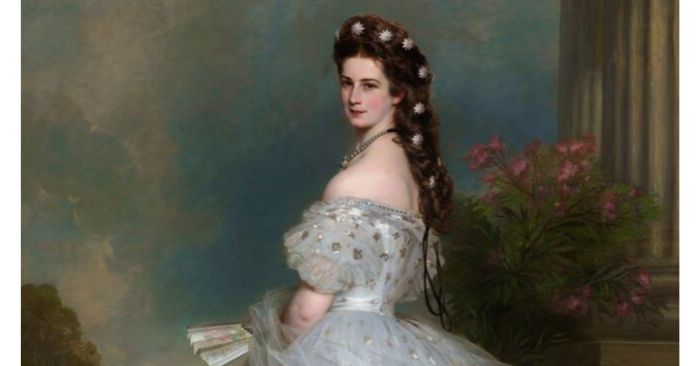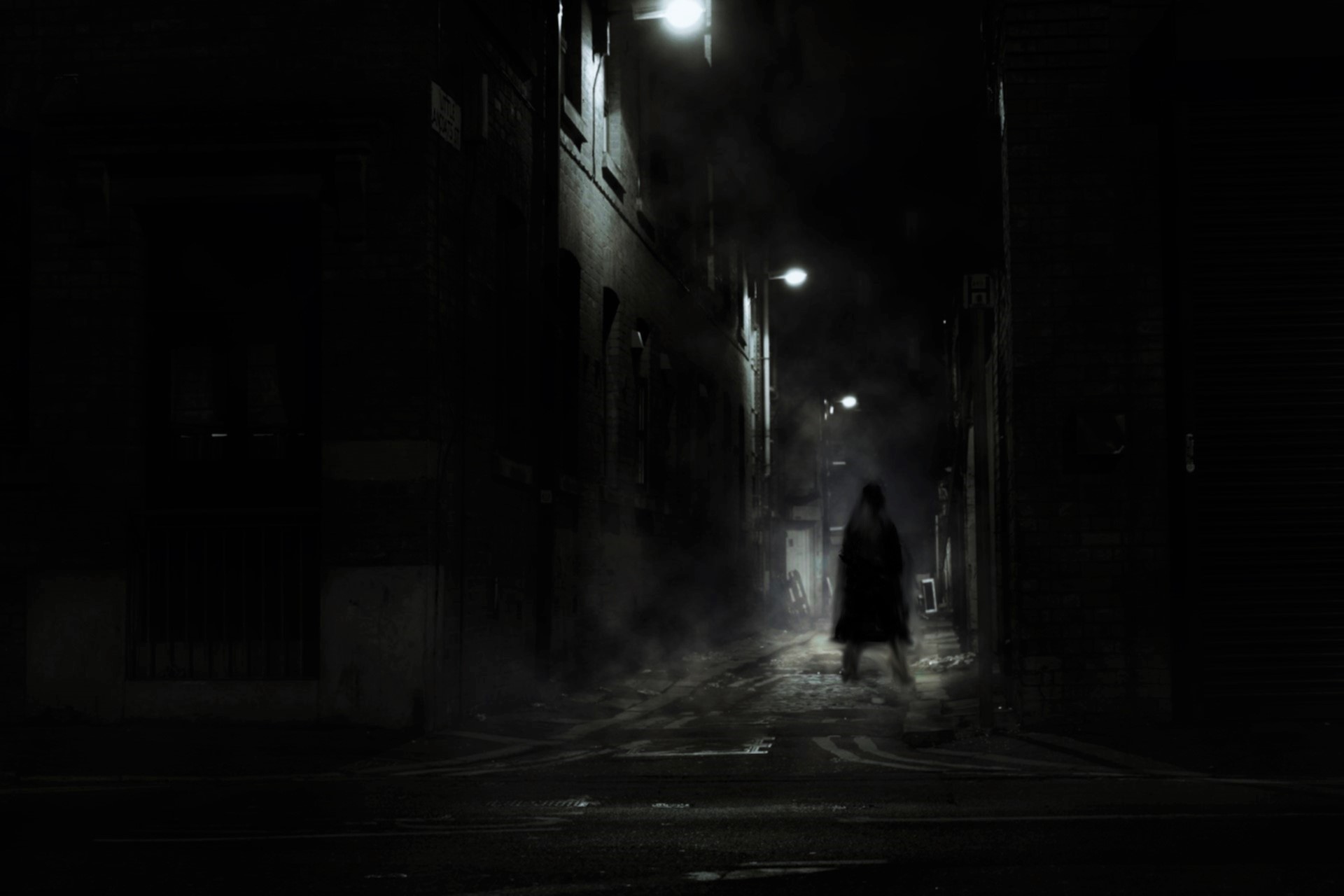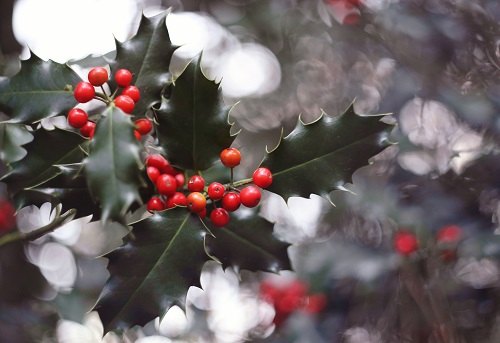
What did a Tudor Christmas look like? How did Henry VIII celebrate Christmas, how did his court and his subjects? The great Lucy Worsley takes you back to the 16th century Christmas season in her documentary “Lucy Worsley’s 12 Days of Tudor Christmas”, and she motivated me to take you to this Christmas of a different kind.
Tudor Christmas: How it’s different from what we know
Much of what we associate with Christmas today, Tudor Christmas did not yet have. The Christmas tree only came to England centuries later with the kings from the House of Hanover. And the practice of putting presents under the Christmas tree was introduced by Queen Victoria and her German husband Albert. Nobody hung socks on the chimney to fill them with presents. And Santa Claus, dressed in red and with a white ruffled beard, is an invention of the 20th century.
Until December 24, there was nothing to celebrate for the people of the Tudor period. The Advent season was a time of fasting. This meant that for four weeks no meat, no eggs and no dairy products were allowed. In return, the Tudors took extra time to celebrate Christmas, because from December 25 until the arrival of the Three Wise Men, Christmas was celebrated for no less than 12 days.
One festive activity was already allowed on the 24th: the houses were decorated in green. Especially holly, ivy, laurel and rosemary were popular for this and found their way into the house in the form of bouquets, wreaths and garlands.
Traditionally, tools such as the spinning wheel were also wrapped in green garlands and thus rendered useless – no work was to be done on the holidays. The housewife probably had enough to do during the Christmas days.
Part of the decorations was a special structure called a Kissing Bough made of two interwoven evergreen wreaths. Hanging from it was something we still know today: Mistletoe. And even then, a couple meeting under the mistletoe had to kiss. But only as long as there were still berries on the branch, because after each kiss the gentleman had to remove a berry.

Holly was also significant for Christmas at that time, and it also had to do with love. If a woman put three smooth and three thorny hollies wrapped in a handkerchief under her pillow on December 24, she would dream of her future husband that night. Men had it easier: the first unmarried woman they saw on Christmas morning on the way to church would be their future wife.
At midnight from the 24th to the 25th, people went to Midnight Mass, and the Christmas festivities began.
The first day of the Tudor Christmas: Feasting
On the 25th, the king celebrated in grand style with a banquet. After all, they had survived the long Lent and now wanted to indulge in culinary delights. Henry owned more than 50 estates and palaces, but his favorite place to celebrate was Hampton Court Palace.
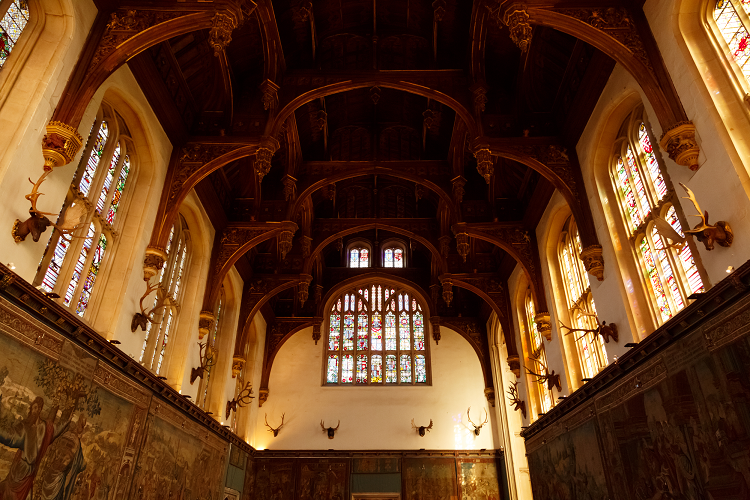
The main course was often wild boar, an animal that Henry VIII himself liked to hunt. Wild boar were almost extinct in England during that time. The hunting preference certainly contributed to this, and at the same time it made wild boar an even rarer delicacy. Thus, if the nobility wanted to hunt wild boar, entire herds had to be imported from mainland Europe and released on the hunting grounds.
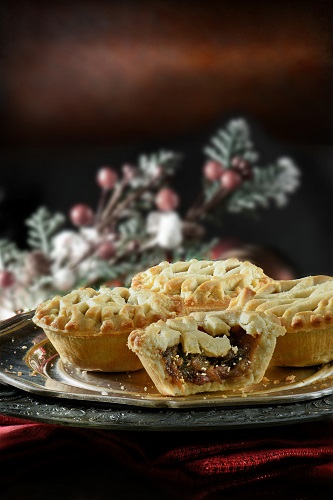 Along with this, there were mince pies, the savory predecessors of the sweet treat still common in England today. The pies take their name from “mince” (to chop) because the ingredients were chopped into small pieces and mixed together, including meat in those days. The separation between meat and sweet ingredients that we are familiar with today was not common back then.
Along with this, there were mince pies, the savory predecessors of the sweet treat still common in England today. The pies take their name from “mince” (to chop) because the ingredients were chopped into small pieces and mixed together, including meat in those days. The separation between meat and sweet ingredients that we are familiar with today was not common back then.
Those had little to do with today’s mince pies, because in Tudor times mince pies were associated with many traditions. They were made from 13 ingredients, in memory of the apostles of Jesus. Among them, spices that reminded of the Three Wise Men and their gifts, and mutton, in memory of the shepherds who visited Jesus after his birth. People also shaped them, among other things, in the form of a baby Jesus in a manger and ate them whole or with a spoon. Cutting them with a knife brought bad luck, as did refusing a mince pie. In the 17th century, the Republican and Puritan Oliver Cromwell banned mince pies outright, deeming them heresy.
And, of course, there was plenty of meat roasted on an open fire. Because the richer you were, the more meat you put on the table. If you were the king, you had to show that you were richer than everyone else, and the choice of meat was accordingly lavish. Roast beef and venison were particularly popular at the Christmas table in aristocratic circles. In 1526, turkey also found its way to England, and onto the festive table of the Tudor Christmas.
Henry VIII was particularly fond of Christmas and enjoyed it to the fullest. For his first Christmas as king in 1509, Henry spent 7,000 pounds. By comparison, his father spent 12,000 pounds a year on his entire household. But this was not just a matter of extensive partying and gluttony: after the death of his stingy father, the young king wanted to show that a new era had now dawned.
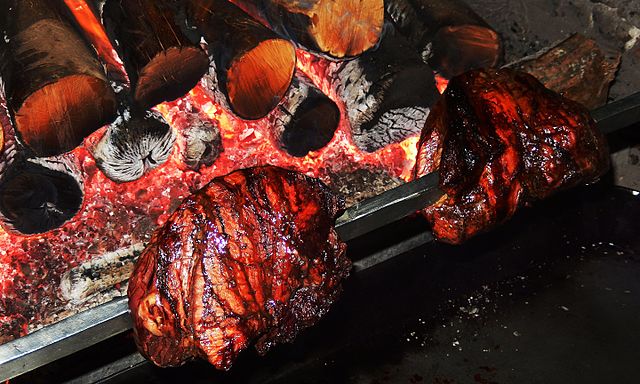
The animals that found their way onto the king’s table therefore had to be something very special. The king was often served swan or peacock, both dressed in their feathers and their beaks gilded. But even they were surpassed: The boar’s head, main attraction of the feast, was so special that a special song was sung about it when it was carried to the table. This song even found its way into the first collection of Christmas carols ever printed in England, dating from the time of Henry VIII.
Of heartfelt prayers and wild celebrations
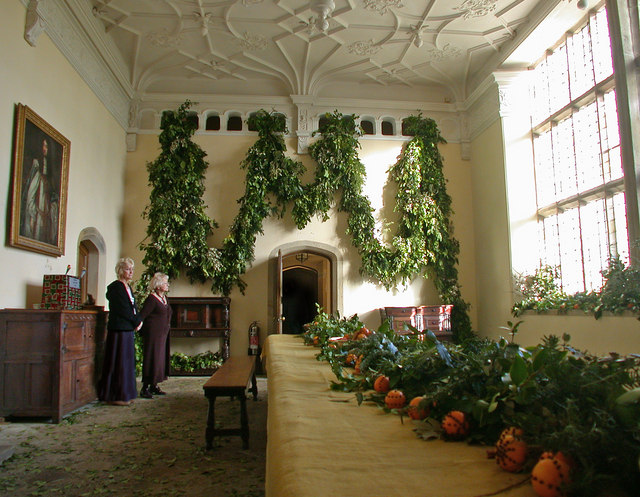
On December 26, the feast of St. Stephen was celebrated, who was famous for his charity. Since the feast table at the court was more than lavish, there were of course leftovers. These leftovers had to be brought to the palace gates by royal order and distributed to the poor.
After all, about a third of the population at that time was poor, so these alms were often enough essential for survival. And not only the king’s court had to give these alms, but every nobleman and landowner. It was a custom that was carried out with pride, showing generosity to the subjects and the poor. If a nobleman at court did not fulfill this duty, he could even be expelled from court.
On the third day of Christmas, the 27th, the party really got going. Music, games, performances, dancing…. and everything was directed by a Lord of Misrule, a courtier elected to watch over the amusement and general chaos for the entire 12 days. Pretty much anything was allowed and all (well, probably rather many) rules of status and decorum were suspended. Often, however, these events got out of control – one Lord of Misrule was even accused of murder.
In some places the Lord of Misrule was also called Lord of Christmas or King of Christmas – a possible forerunner of the future Father Christmas, which was common in England.
A day later, faith again took center stage. The Feast of Holy Innocence commemorated the Bethlehem infanticide. Since infant mortality was very high in Tudor times, remembering the multiple deaths of children was something most families could relate to, making the day far more reflective and melancholy.
On the fifth day, it was all about sports. And since they didn’t have to work, the commoners also had the opportunity to play sports – which, depending on the sport (e.g. tennis or boules), they were only allowed to do on that day! After all, they had to remain fit for war. Also, the gathering of young men for sports, while indulging in alcohol or gambling, was viewed with suspicion.
The sixth day was all about the mask, a tradition called “mumming”. Hooded figures, so-called mummers, who were not allowed to speak, paraded through the streets. They had to be let into the house, where they challenged the homeowners to a game of dice. Often, and this was part of the custom, their dice were rigged, and they relieved their host of his stake in the game. Possibly these creepy characters were the ancestors of the “trick or treat” characters of Halloween.
The turn of the year: gifts, gifts, gifts
December 31 was not a New Year celebration in Tudor times, but simply the seventh day of Christmas. It was not until January 1, New Year’s Day, that gifts were exchanged at Tudor Court. Precisely who gave which gifts was recorded in writing.
Of course, the king also received rich gifts. The presentation took place before the eyes of the assembled court, so it was important to make an impression. A fifth were gifts of money, often in opulent wrappings like noble gloves. Noble ladies often gave him shirts, at that time quite an intimate garment and probably also given at least partly with ulterior motives. Anne Boleyn gave Henry, who was a passionate hunter, a set of boar spears for New Year’s Day before her wedding. Greyhounds were also very popular as gifts, as Henry held them in high esteem.
The first days of January were still spent celebrating and also attending church. Celebration and worship were by no means a contradiction for the Tudors. Everything was now striving towards the climax and conclusion of the Christmas feast on January 6.
Expensive delicacies
Sweet delicacies were very important to the royal table, and not just at Tudor Christmas. At that time, sugar was still an absolute luxury good, as it was imported from far away. So if you served sugary treats, you showed your wealth.
Of course, some good drinks were not to be missed either. People drank honey wine, wine refined with spices and sugar, as well as beer and ale. In today’s language often the same, these were still two very different drinks in Tudor times. Beer was brewed with hops, ale with spices and herbs. Hops were still a relatively new ingredient, only appearing in England at the end of the 15th century. Henry VIII still regarded it with some suspicion, but this did not diminish the general consumption of the beverages.
Finally, there was even the complaint that Christmas had lost its contemplative character and was only the time when everyone got drunk without restraint. Not at all dissimilar to today.
In addition to this extravagance, after the Reformation, the saints who were celebrated on many of the days of Christmas also went out of fashion. The Puritans even abolished Christmas completely in the 17th century. But during Henry’s lifetime, Christmas remained at its opulent 12 days. Church of England or not – Henry remained a Catholic at heart, but without the authority of the Pope. And he certainly didn’t want to have his Christmas taken away from him.
The Highlight: The Twelfth Night
On Twelfth Night, today’s Epiphany, the Tudor Christmas reached its climax and culmination. There was a lavish banquet consisting entirely of sweet dishes. And not only were these luxurious dishes offered, they were impressively staged.
Works of art such as chess sets were sculpted from marzipan enhanced with rosewater. Henry VIII once sent such a marzipan chess set as a gift to the King of France. Small sweets were served in boxes molded from sugar and decorated with gold leaf. The gingerbread, still popular today, was also already enjoyed by the Tudors, and the spices were further proof of the host’s wealth. There were candied citrus fruits, the height of luxury at the time, as both citrus and sugar were expensive treats. Oranges in particular were popular and soon became associated with Christmas – as they are today.
The highlight of the banquet was an enormous fruit cake, nearly a yard in diameter.
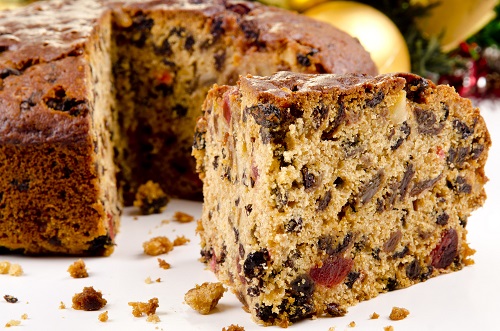
After the banquet, there were masquerades and dancing. Symbolic scenes, such as a debate of two virtues, were performed. The ideal courtier had to be proficient in such entertainment and adept at both dancing and posed swordplay.
William Shakespeare’s fame was also enhanced on such an occasion. His play “What You Will” was written to be performed as entertainment on Twelfth Night.
The Twelfth Night of the year 1541 became famous, which was attended by the current queen Katherine Howard as well as the previous queen Anne of Cleves. Henry had to retire early to rest his leg, which was plagued by ulcers, but Katherine and Anne danced merrily through the night.
So the Tudor Christmas ended with what it was supposed to be about: Joy, good company, and all in all, a good time.
Pin for later:

